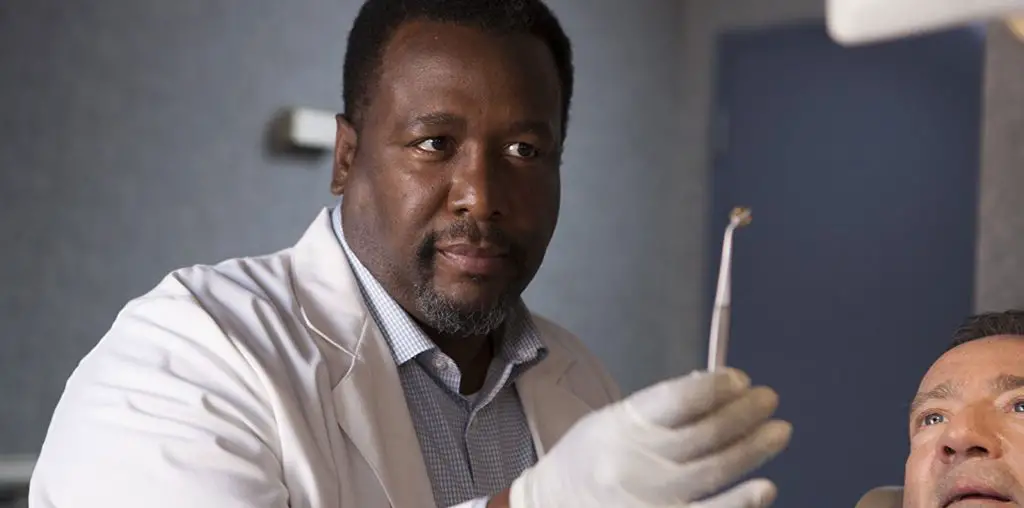
During his communist regime in Romania, Nicolæ Ceaucescu wanted to increase his nation’s work force. The tyrant’s solution was to outlaw both contraception and abortion while requiring more stringent physical examinations for women to ensure pregnancies went to term. Many of the resulting children ended up in government-run orphanages living under horrible conditions.
In 1989, the communist government collapsed and Ceaucescu was executed. Due to the widespread economic problems that followed, many of these children, joined by still more runaways, now live in the streets. Today over 20,000 such children are estimated to be living on the streets.
When filmmaker Edet Belzberg chose to document these children, she chose to leave her own voice out of it and let her subjects speak for themselves. She followed five specific kids living in the Piata Victoriei subway station in Bucharest for a year. They include Christina, 16, a shaven-head girl living as a boy; Macarena, 14, who of all the kids that huff an industrial paint called Aurolac is the most addicted; Mihai, 12, an intelligent boy who fled his alcoholic and abusive father; and Ana, 10, another Aurolac addict who once returned to her mother and abusive stepfather only to run again with her 8-year-old brother Marian.
Belzberg explores not only the lives of these children, but interviews some of their parents and explores the very limited social services available to these kids on the streets.
Throughout all this, the most difficult aspect is that other than the hardened Christina, who had logged time in a mental institution, all of these kids are very much still children. They go on crying jags without end, and some become so despondent as to cut themselves for relief. After a police sweep, they are even denied the relative warmth of the subway station and many take refuge in a cold, abandoned construction site. The primary response of most Romanian citizens is to simply ignore the children and pretend they don’t exist, not unlike the way Americans and others deal with their homeless.
Belzberg’s documentary isn’t without problems of its own. The first half is a little rambling and unfocused and could use another round of editing. The second half gels much better around the possibilities available, and at least for the younger kids the future may not be so bleek. I think the most important aspect here is that this subject is at least being addressed, and Cinemax should be thanked, as they now join sister channel HBO in supporting social documentaries with their Cinemax Reel Life series, which is due to air “Children Underground” in 2002.
